How to break in to book illustration
Top book illustrators and art directors give you the low down on how to make it in the industry.
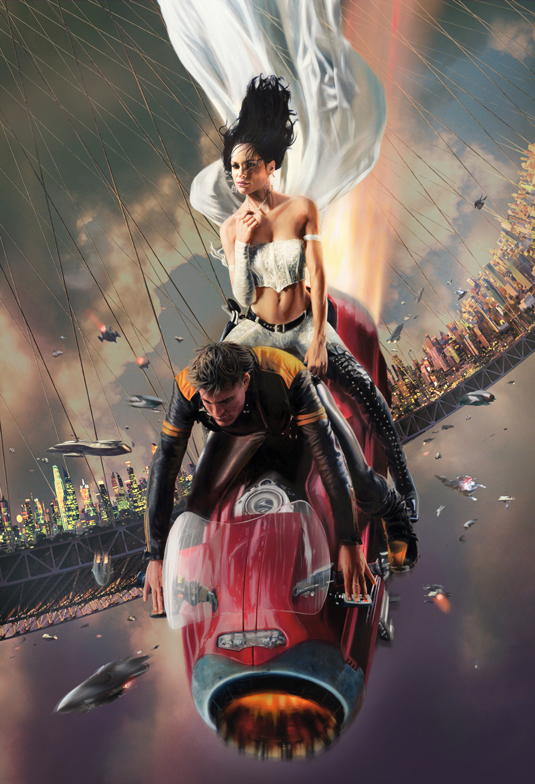
Sure, fantasy and sci-fi illustration had its heyday in the 1970s, when the market for pulp paperbacks was still booming. But publishing industry figures tell us that, unlike in the music industry, the digital market has plateaued somewhere around 30 or 40 per cent.
Hone your Illustrator skills with these brilliant tutorials
People still love to buy and collect fantasy and science fiction books. And they love it all the more when they can get their hands on copies with stunning jacket artwork. The industry needs skilled illustrators whose capture readers attention, whether on the book shelve or Amazon market place.
However, the availability of painting software and graphics tablets mean there are more artists than ever busy creating fantasy and sci-fi artwork. So in order to combat this competitive industry we have talked to top book illustrators to give you a run down of the essential tips to jump start your career…
01. Always judge a book by its cover
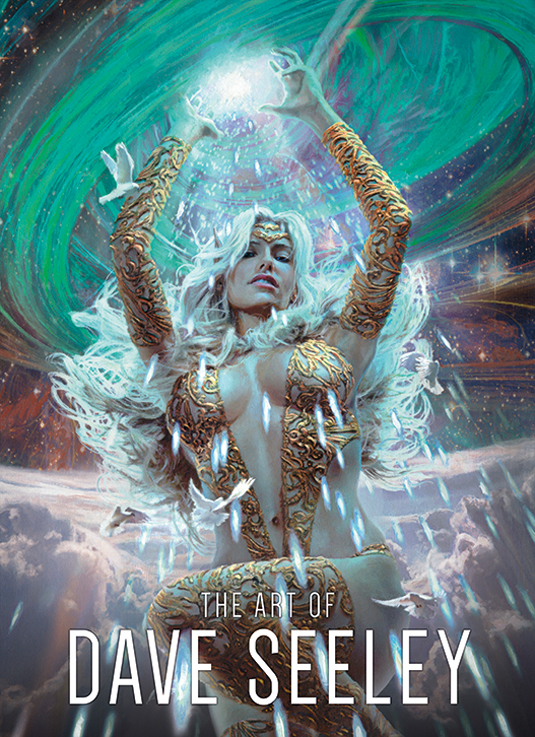
The cover is the most important page of the book as far as you're concerned and that's no less the case in today's world of ebooks and Kindle.
"A book cover must grab the reader's eye and convey at a glance the heart of the story inside," says renowned fantasy illustrator Todd Lockwood. "The most important thing is that it has a focal point – the one significant element or character that you see first, giving the viewer a point of entry into the illusion."
02. Nail your genre

Sci-fi and fantasy readers are very visually literate, informed by over 100 years of imagery. And these books are marketed to niche groups.
Daily design news, reviews, how-tos and more, as picked by the editors.
Dave Seeley, who has illustrated book covers for Baen, Del Rey and Tor, says "Currently mainstream publishers need to tell a potential reader that the book is sci-fi or fantasy at a glance.
"That can be accomplished with obvious cues like spaceships, planets, or future technology for sci-fi, or medieval weapons, dragons or visible magic for fantasy. Sometimes cues can be bold, sometimes quite subtle."
03. No spoilers
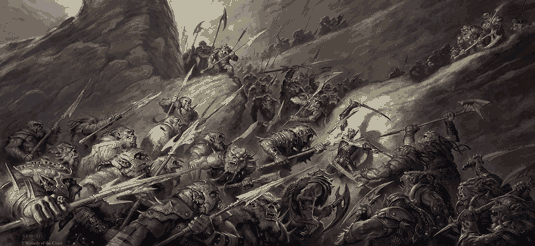
Too many storyline clues on the cover ruins reader satisfaction. Todd Lockwood, who's illustrated books by RA Salvatore and Marie Brennan, looks for a scene in the story that hints at the characters and action inside, but doesn't go too far.
His cover for The Thousand Orcs (above), is a great example.
"I hate it when a cover gives away the story," says Todd. "I try to distil the novel down to a single image, an entry point – a broad hint of what's inside."
04. The manuscript is not all-important
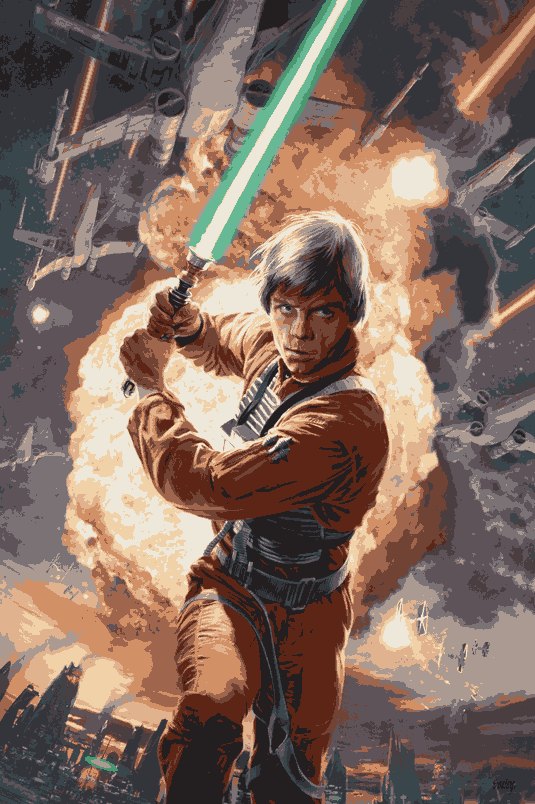
Some of the illustrators we spoke to insist on reading the manuscript whenever they can. However, it's not as important as you might think. Often covers are commissioned before the book's been written.
Rather than relying on the manuscript, focus on the notes in the commission. Good publishers usually have a process that goes on behind the scenes to help produce the brief you receive.
05. Sketch, sketch, sketch…
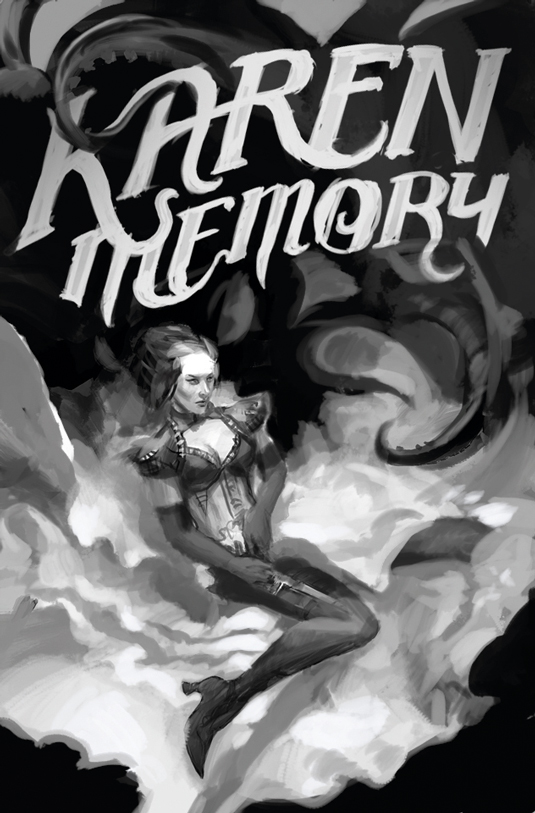
"Sketching is key – the most important process," says Rohan Eason, who's illustrated children’s storybooks and young-adult novels. "I produce a story board with the simplest scribbles and from this I make a first round of sketches.
"The client will see these and hopefully agree with my choice of images. Sketching is the best place to work everything out. I redraw again and again, until it's a smudgy mess, and from that I retrace for the final piece."
Next page: five more top tips on making it as a book illustrator...

The Creative Bloq team is made up of a group of art and design enthusiasts, and has changed and evolved since Creative Bloq began back in 2012. The current website team consists of eight full-time members of staff: Editor Georgia Coggan, Deputy Editor Rosie Hilder, Ecommerce Editor Beren Neale, Senior News Editor Daniel Piper, Editor, Digital Art and 3D Ian Dean, Tech Reviews Editor Erlingur Einarsson, Ecommerce Writer Beth Nicholls and Staff Writer Natalie Fear, as well as a roster of freelancers from around the world. The ImagineFX magazine team also pitch in, ensuring that content from leading digital art publication ImagineFX is represented on Creative Bloq.
